Drone pilots have a crucial role in various industries. The demand for skilled operators grows as businesses adopt drone technology. How much drone pilots earn is a common question we get asked by new pilots looking to enter this industry. Understanding earnings in this field will help you make an informed career choice.
How Much Do Drone Pilots Earn in Australia?
As of 2024, drone pilot salaries vary based on several factors.
- Entry-Level Pilots: These pilots earn between AUD 30,000 and AUD 50,000 annually. This range applies to those starting their careers or working part-time in junior roles. Generally, these roles are supervised and may include other administration roles within a business.
- Mid-Level Pilots: With experience, salaries rise from AUD 50,000 to AUD 70,000 per year. These pilots often have specialised skills. They can operate independently, communicate with air traffic, fill out complex permissions and permits and bring new business clients.
- Experienced Pilots: Highly skilled professionals earn AUD 70,000 to AUD 150,000 or more. They often work in high-demand sectors like film production or surveying. Pilots in these categories generally have their businesses, operate large-scale drone operations and offer further services like editing, mapping and private consulting.
In Australia, drone pilots can earn competitive salaries. The highest-paid pilots working in specialised sectors may exceed AUD 100,000 annually. Demand for drone pilots continues to grow, especially in agriculture, construction and media.
Factors Affecting Drone Pilot Earnings
Several factors influence how much you can earn as a drone pilot:
- Experience Level: More experience leads to higher pay. Employers value proven and additional skills that you can bring to the business.
- Industry: Different sectors pay differently.
– Film and Photography: Premium rates exist for skilled operators.
– Agriculture: Competitive salaries for crop monitoring and spraying.
– Construction and Surveying: Higher pay due to the need for precision and quality. - Location: Where you work impacts earnings. Urban areas often offer higher salaries compared to rural locations. Densely populated areas will offer more work for solo drone operators. In regional locations, travel may be required for small-paying jobs.
- Certification and Training: Holding relevant certifications such as RePL and ReOC improves earning potential. Advanced training in specific areas can lead to better job opportunities.
- Freelance vs Employment: Freelancers set their rates. This can lead to higher earnings with regular contracts but comes with variability. Employment rates are more stable and offer job security.
Example: Bendigo Aerial – Drone Pilots Earn
Bendigo Aerial operates in various sectors, showcasing different earning potentials for drone pilots. Having regular contracts, recurring work from the same customer and adding additional services like social media, video editing, project management, stock photography and consulting adds revenue streams for our business.
- Real Estate Photography: Bendigo Aerial charges between $150 and $500 per shoot. Completing ten shoots monthly could yield an income between $18,000 and $60,000 annually.
- Agricultural Services: A pilot working with Bendigo Aerial may earn around $60,000 yearly for services like crop monitoring.
- Filmmaking Projects: Experienced pilots in film can earn between $1,000 and $3,000 per day. Regular engagements can lead to annual incomes exceeding $100,000.
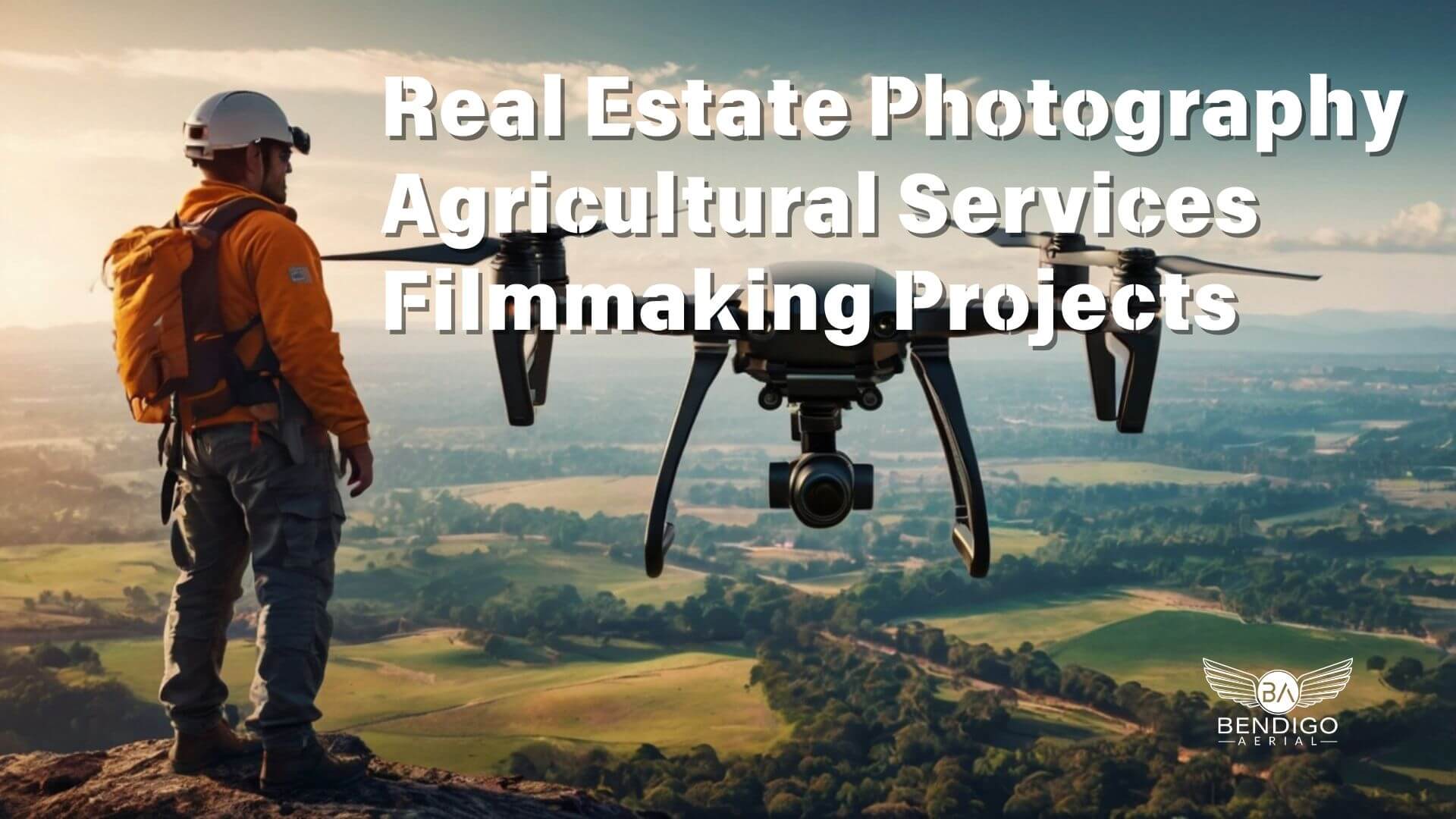
Bendigo Aerial Drone Pilots Earn
Check out all our aerial photography and video prices here.
Tips for Increasing Drone Pilot Earnings
If you want to boost your income as a drone pilot, consider these strategies:
- Get Certified: Obtain your Part 107 or RePL drone certification. Additional certifications like project management, business, risk management and OH&S relevant to your niche will add value.
- Specialise: Focus on a specific area or niche such as real estate or agriculture. Build your reputation in that niche. Side note: The real estate market is saturated with drone pilots. Making a living solely on real estate will become very difficult shortly.
- Network: Connect with professionals in industries that use drones. Attend local events or join online forums.
- Market Your Services: Create a website to showcase your work. Use AI tools and social media to reach potential clients. Think out of the box so your products and services stand out from thousands of other drone pilots.
- Stay Updated: The drone industry is always changing. Follow industry trends and technology advancements. Continuous learning keeps you competitive. Adjust your business model to suit current conditions and market trends.
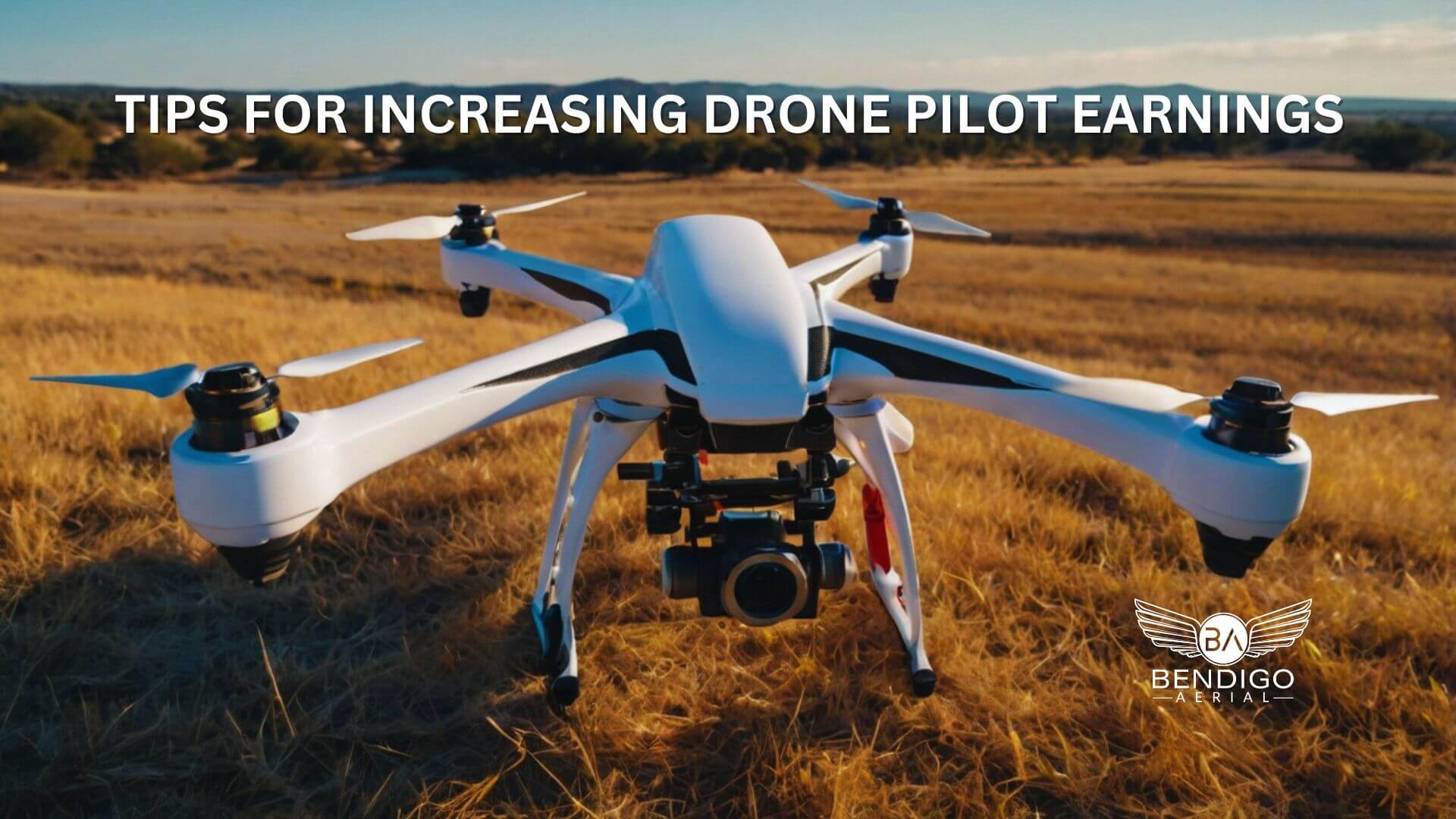
Tips for Increasing Drone Pilot Earnings
Becoming a Drone Pilot in Australia
To become a drone pilot in Australia, you need to obtain a remote pilot license (RePL). The cost varies but typically ranges from AUD 2,000 to AUD 5,000 depending on the training provider.
Flying drones at night requires additional permissions under Australian law. You need to follow specific regulations and hold a ReOC (Remote Operator Certificate) set by the Civil Aviation Safety Authority (CASA).
You do need a drone license RePL to fly a drone commercially in Australia. This ensures safety and compliance with regulations. With a RePL you will also be able to gain public liability drone insurance (aviation insurance) which is different to your business insurance. This will open up opportunities to work with large companies and businesses as well as National Parks.
Making a Living as a Drone Pilot in Australia
Can you make a living as a drone pilot? Yes, many pilots successfully support themselves through various jobs and contracts. At Bendigo Aerial we have met many drone pilots that make it a full-time career with the flexibility to travel all over Australia and overseas. Checkout Seek Australian Drone Jobs
Is it hard to be a drone pilot? No, it’s not hard to be a drone pilot. Learning the skills and obtaining the necessary certifications requires commitment and practice. Familiarity with regulations is essential for safe operation.

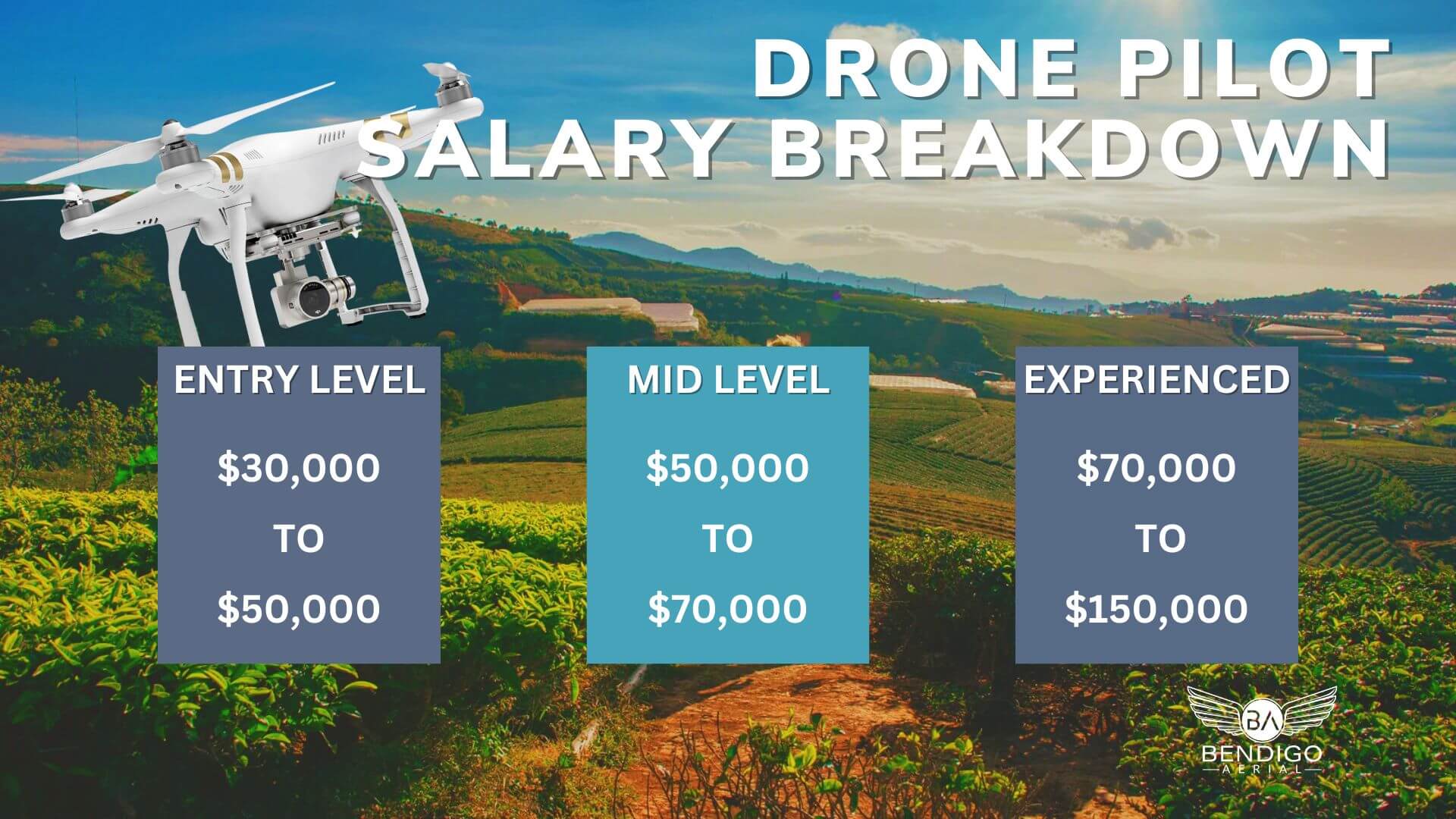
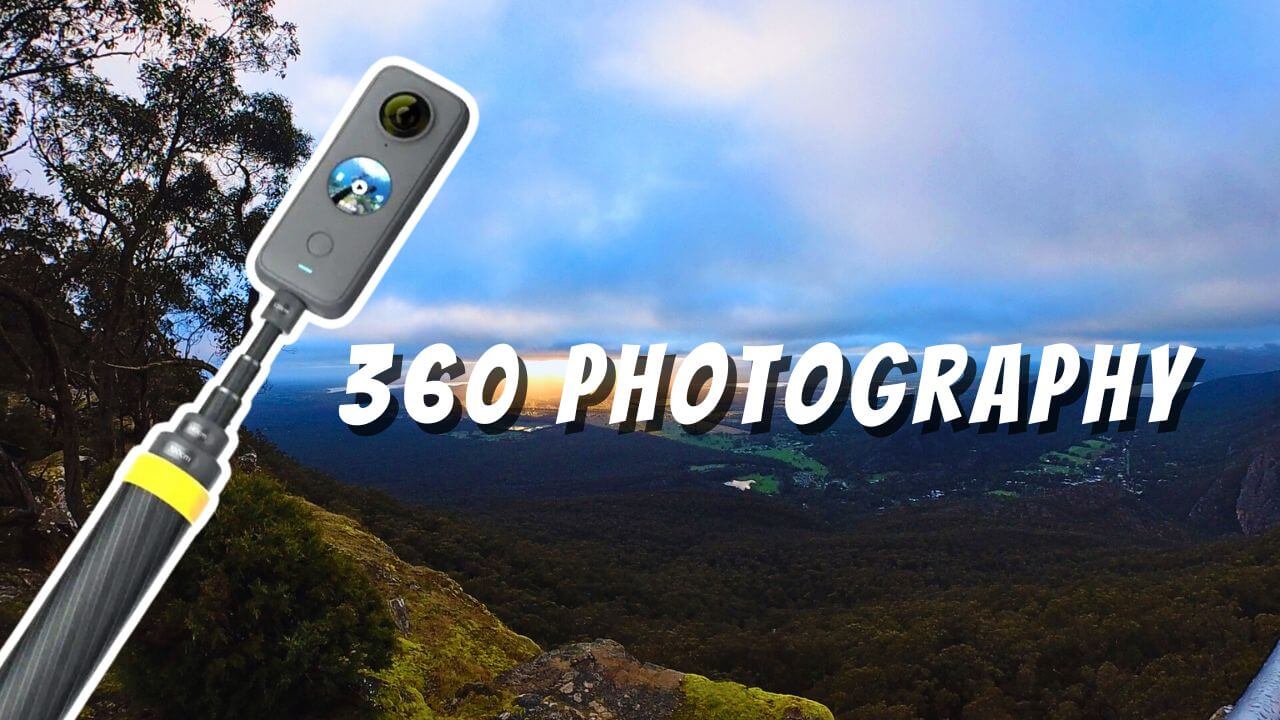
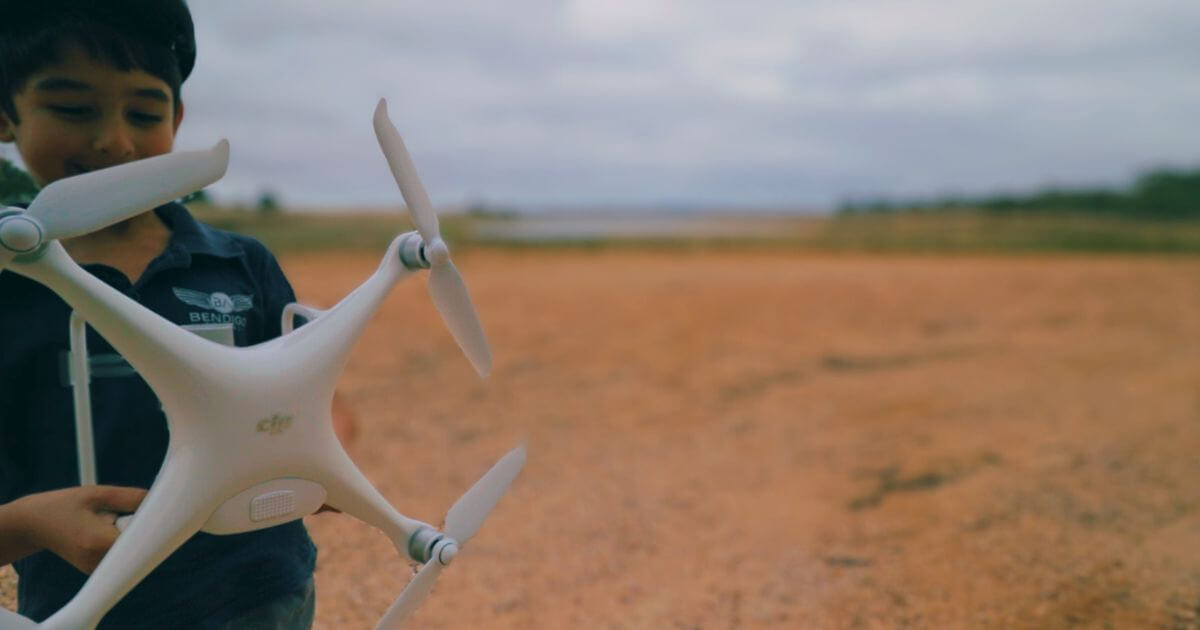
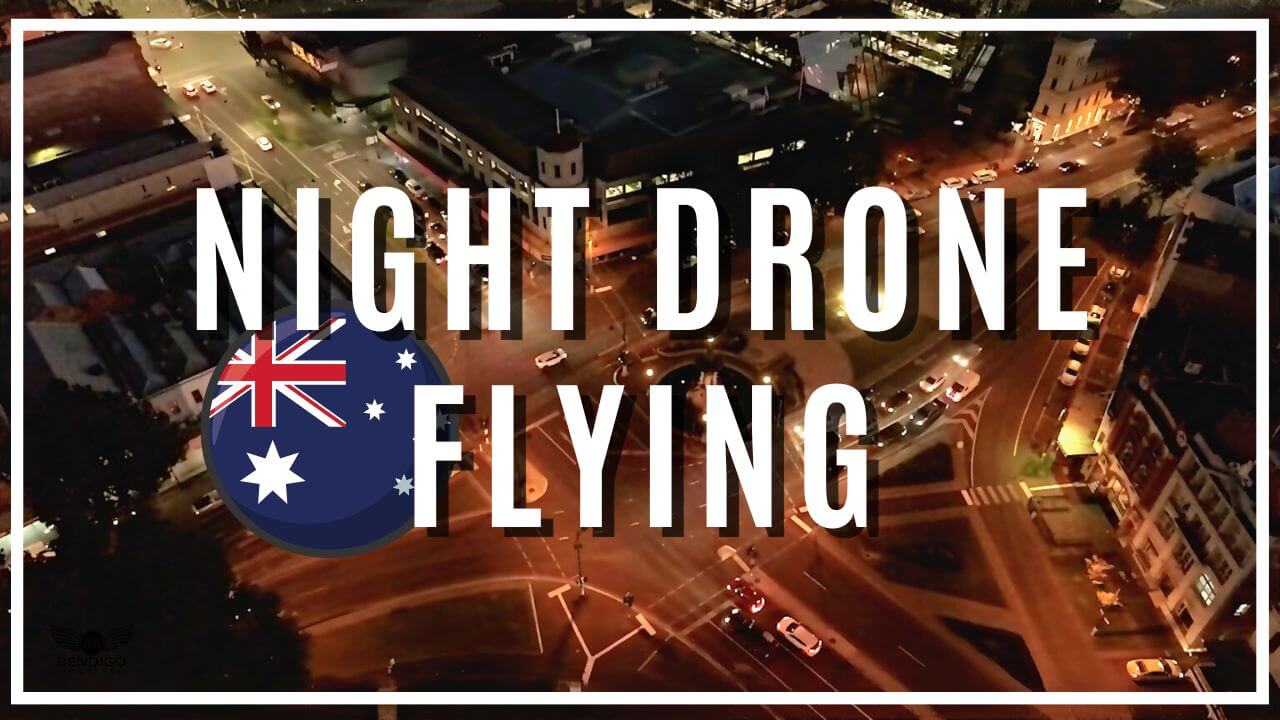

Leave A Comment